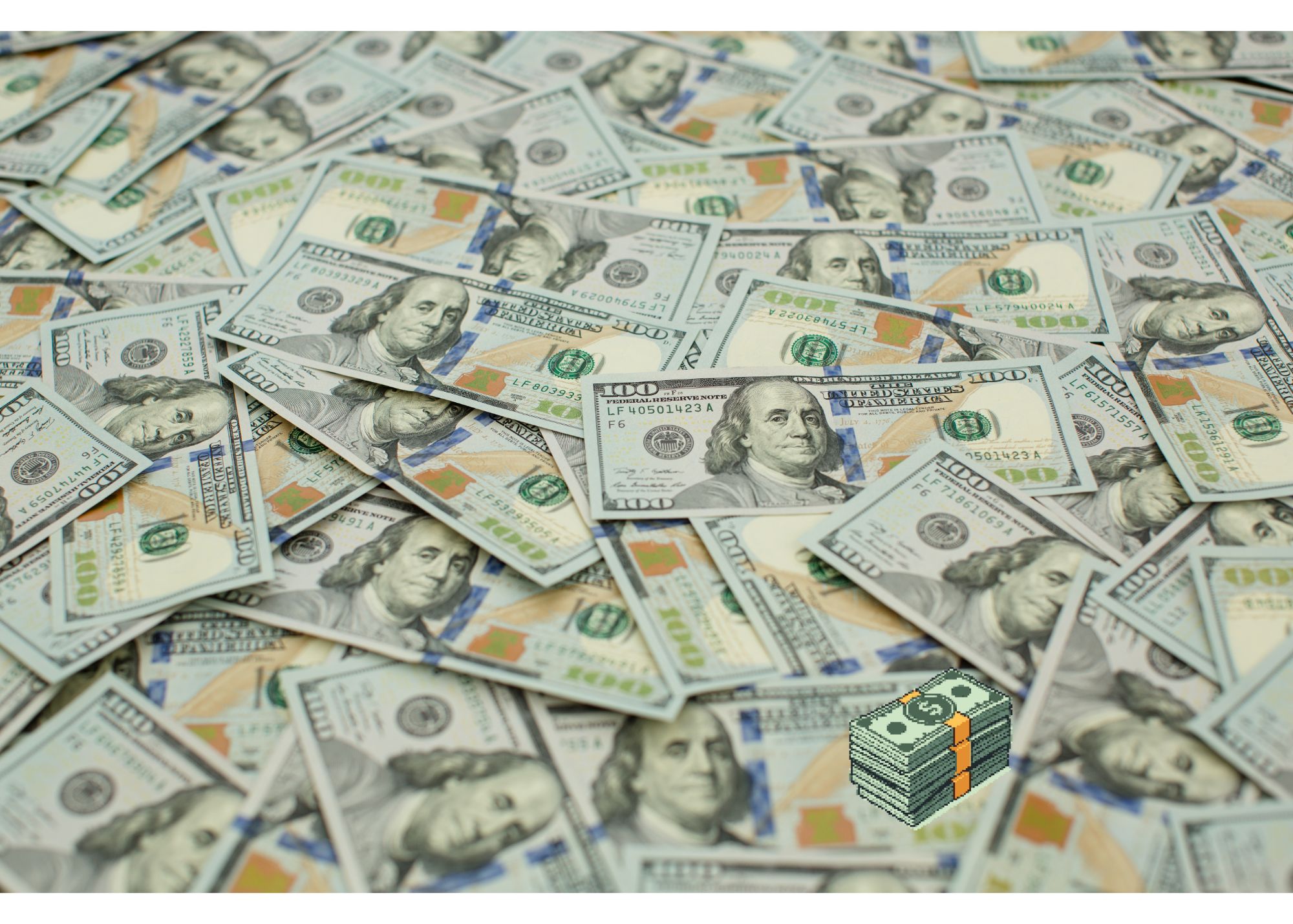Is This Dividend King The MOST Undervalued Of All?
Dividend kings are a rare breed. A company must have increased its dividend consecutively for the past 50 years to qualify for the elite status. The list of companies that make the cut is small, as a result, and includes:
- Johnson & Johnson
- Procter & Gamble
- Coca Cola
- Altria Group
- Target
- Sysco
- Parker Hannafin
- American States Water Company
- Tootsie Roll Industries
The total number of companies that are on the list could hardly be counted on your fingers and toes. It’s truly a shortlist that even the biggest companies don’t qualify for; take Apple, Alphabet or Amazon for example – none make the list.
We decided to do a little investigative research to find out the most undervalued divided king of all. So which came top of the list?
How We Ranked Dividend Kings
To find out which dividend king was most undervalued, we performed a standard discounted cash flow analysis. Although not perfect given the broad spectrum of companies that span industries from consumer staples to industrials and from materials to the financial sector, a single methodology allowed us perform an apples-to-apples comparison.
What we found was striking.
Only Coca Cola and Lowe’s had market capitalizations north of $100 Billion. Coca Cola was the largest cap dividend king of all with a $270B size.
When we compared them by valuation, we arrived at at a top 10 list, which we’ll countdown as follows:
10. Farmers and Merchants Bancorp: 12.% upside
9. Johnson & Johnson: 12.7% upside
8. Dover Corporation: 12.7% upside
7. Lowe’s Companies: 18.5% upside
6. Stepan Company: 19.1% upside
5. H.B. Fuller Company: 26.2% upside
4. Altria Group: 27.7% upside
3. 3M Company: 36.8% upside
2. ABM Industries: 39.6%
1.Stanley Black & Decker: 50.1% upside
The bottom line: Stanley Black and Decker made it to the top of the list from a valuation perspective. So, is it a buy?
Time To Buy the Most Undervalued Dividend King?
What makes Stanley Black & Decker attractive is not only how undervalued it is but also the attractive dividend yield of 3.85%. Of course a dividend should never be accepted at face value, the sustainability of it as a function of other factors, such as payout ratio, which stands at 32.94%. That’s good.
But there is a looming cloud on the horizon, as is often the case when a stock has significant upside potential, or another way of saying that is it is severely undervalued. In the case of Stanley Black & Decker, the concern stems from balance sheet weakness.
At last glance, the company had $408 million in cash on the balance sheet but a whopping $5.3 Billion in long-term debt. That raises concerns that the company can continue to meet its dividend obligations and sustain its dividend king status.
A debt-to-equity ratio approaching a 10-year high spells concern for most investors but a bright light is that cash has increased significantly quarter over quarter. Last quarter the company had $408 million, which is an improvement from $282 million the quarter prior, $165 million the quarter before that and $142 million the quarter before that.
If management can continue to bolster cash reserves, the horizon might be quite bright for this dividend king that has withstood recessions of all kinds over the past half century, continued to prosper and maintain its dividend for committed shareholders.



